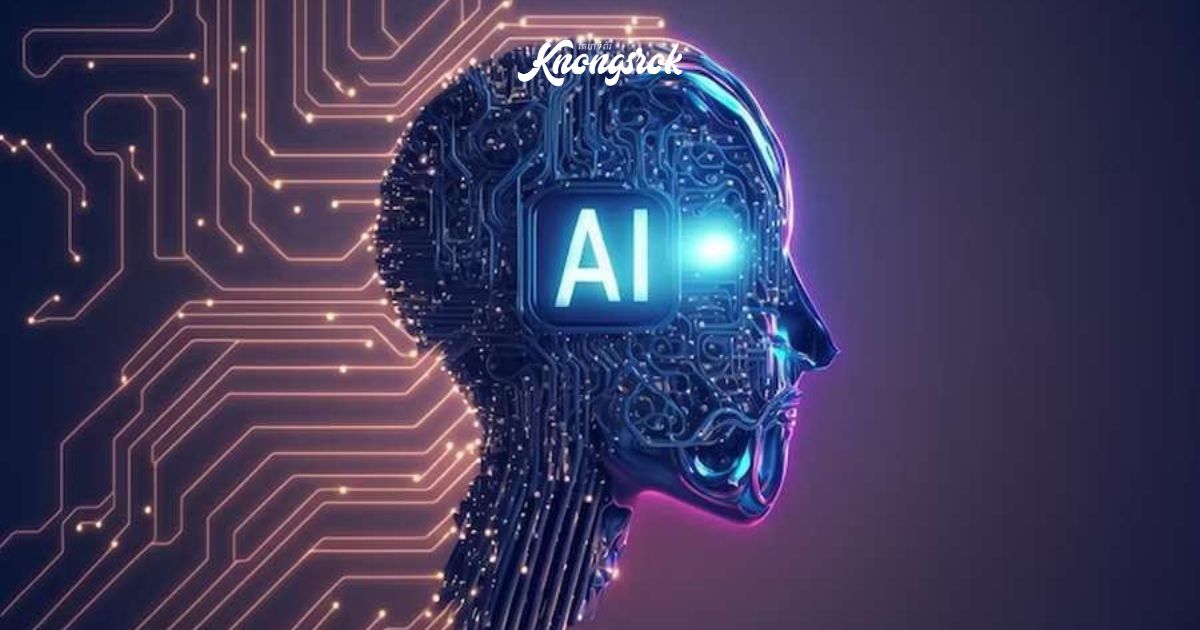Duality Thinking: Meaning and Examples
Duality Thinking is a cognitive framework where two seemingly opposite or contrasting concepts are viewed as interconnected and complementary, rather than mutually exclusive. It involves understanding that contradictions can coexist and that different aspects of reality can be interdependent. This type of thinking recognizes that dualities are not necessarily conflicts but are part of a larger, integrated whole.
Meaning of Duality Thinking
1. Interconnectedness: Duality thinking acknowledges that opposites can be interrelated and that one aspect can influence or depend on the other.
2. Complementarity: Instead of viewing opposing concepts as conflicting, duality thinking sees them as complementary parts of a broader system.
3. Complexity and Balance: It appreciates the complexity of situations where simple dichotomies are insufficient to capture the full picture. This approach seeks balance and integration of opposing elements.
Examples of Duality Thinking
1. Day and Night:
•Explanation: Day and night are opposing concepts, but they are interconnected as part of the Earth’s rotation. Both are necessary for the cycle of time and contribute to the rhythm of life.
2. Success and Failure:
•Explanation: Success and failure are often seen as opposites, but duality thinking acknowledges that each experience contributes to learning and growth. Failure can provide valuable lessons that lead to future success.
3. Happiness and Sadness:
•Explanation: Happiness and sadness are emotional opposites, but experiencing one can deepen the understanding and appreciation of the other. Recognizing the interplay between these emotions can lead to a more nuanced experience of life.
4. Strength and Vulnerability:
•Explanation: Strength and vulnerability are often seen as contradictory, but duality thinking recognizes that being vulnerable can actually require strength and that true strength involves embracing one’s vulnerabilities.
5. Innovation and Tradition:
•Explanation: Innovation and tradition can seem at odds, but they can coexist and complement each other. Innovation often builds upon traditional knowledge and practices, and tradition can provide a foundation for new developments.
6. Freedom and Responsibility:
•Explanation: Freedom and responsibility are often viewed as opposing forces. However, duality thinking sees that true freedom involves taking responsibility for one’s actions, and that responsible behavior can enhance personal and collective freedom.
7. Individualism and Collectivism:
•Explanation: Individualism emphasizes personal independence, while collectivism focuses on group cohesion. Duality thinking recognizes that individual needs and collective goals can coexist and be balanced in a harmonious society.
8. Order and Chaos:
•Explanation: Order and chaos are often seen as opposing states, but duality thinking understands that chaos can lead to new forms of order, and that rigid order can sometimes suppress creativity and innovation.
Applying Duality Thinking
1. Problem-Solving: Use duality thinking to find solutions that integrate opposing viewpoints or methods. For example, balancing structure and flexibility in project management can lead to more effective outcomes.
2. Conflict Resolution: In conflicts, recognize the valid points of all parties involved. Understanding that opposing views can have merit can lead to more harmonious resolutions.
3. Personal Growth: Embrace both strengths and weaknesses as parts of a whole self. Understanding that personal growth involves integrating different aspects of your identity can lead to a more balanced life.
4. Decision-Making: Consider both short-term and long-term consequences of decisions. Duality thinking helps in evaluating how immediate choices might impact future outcomes and vice versa.
Conclusion
Duality thinking provides a framework for understanding the complexity of various aspects of life by recognizing the interconnection and complementarity of opposing concepts. By integrating dualities, one can achieve a more holistic perspective, leading to better decision-making, problem-solving, and personal growth. This approach encourages embracing contradictions and seeking harmony within them, rather than viewing them as conflicting or mutually exclusive.














